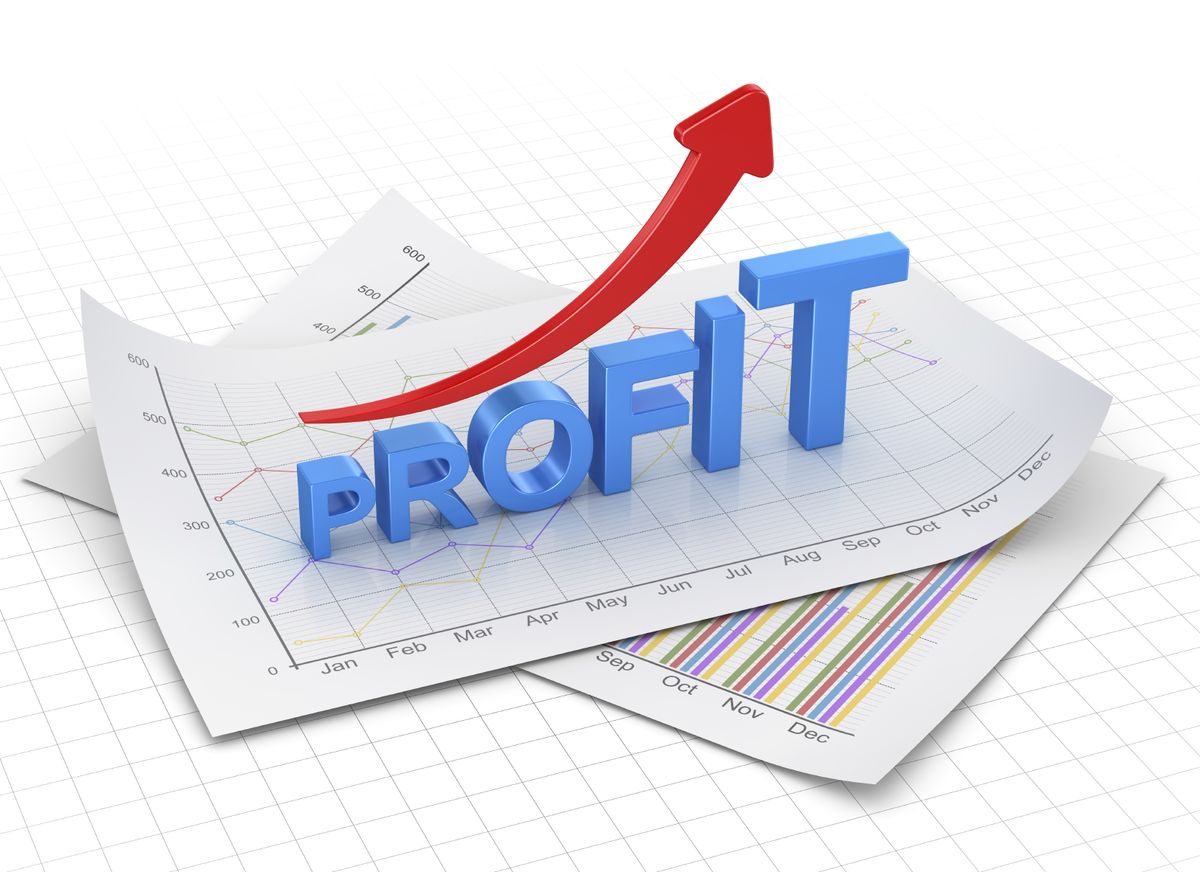Background.
Serenity Hills Resort, located in a popular safari destination, had enjoyed steady guest inflows during peak seasons but struggled with low profitability despite good occupancy. Rising operational costs, inefficient processes, and unoptimized pricing structures were eating into profits.
Challenges Identified
1. High Operational Costs
-
Food and beverage wastage of up to 18%.
-
Energy bills consuming nearly 25% of monthly revenue.
-
Overstaffing in some departments during off-peak periods.
2. Revenue Leakages
-
Unmonitored complimentary services.
-
Poor upselling culture among staff.
-
Limited diversification of revenue streams (relying mainly on room sales).
3. Weak Cost Control Systems
-
No standardized procurement policies.
-
Lack of daily cost tracking and variance analysis.
Strategic Interventions
1. Operational Efficiency
-
Introduced daily cost monitoring and weekly performance reviews.
-
Implemented menu engineering to eliminate low-margin dishes and promote high-margin items.
-
Adopted solar energy solutions to cut electricity bills by 30%.
-
Optimized staffing through flexible scheduling based on occupancy forecasts.
2. Revenue Growth
-
Developed experience packages (safari tours, spa treatments, cultural evenings) to diversify income.
-
Introduced upselling training for staff, increasing average spend per guest.
-
Adjusted dynamic pricing model for rooms based on demand patterns.
3. Governance & Controls
-
Standardized procurement with approved suppliers and bulk purchase agreements.
-
Introduced inventory management system to track usage and minimize wastage.
-
Implemented internal audits for accountability.
Results (Within 12 Months)
-
Food & Beverage wastage reduced by 40%, saving approx. $35,000 annually.
-
Energy costs reduced by 28% through solar integration and efficiency measures.
-
Revenue per guest increased by 15% through upselling and packaged experiences.
-
Overall profit margin improved from 12% to 22%.
Key Lessons
-
Profitability is not only about increasing revenue but also reducing hidden costs and leakages.
-
Empowering staff with training in upselling and cost awareness creates a culture of profitability.
-
Investment in sustainable solutions (like solar) has long-term financial benefits.
-
Data-driven decisions (through cost monitoring and audits) ensure consistent improvement.
